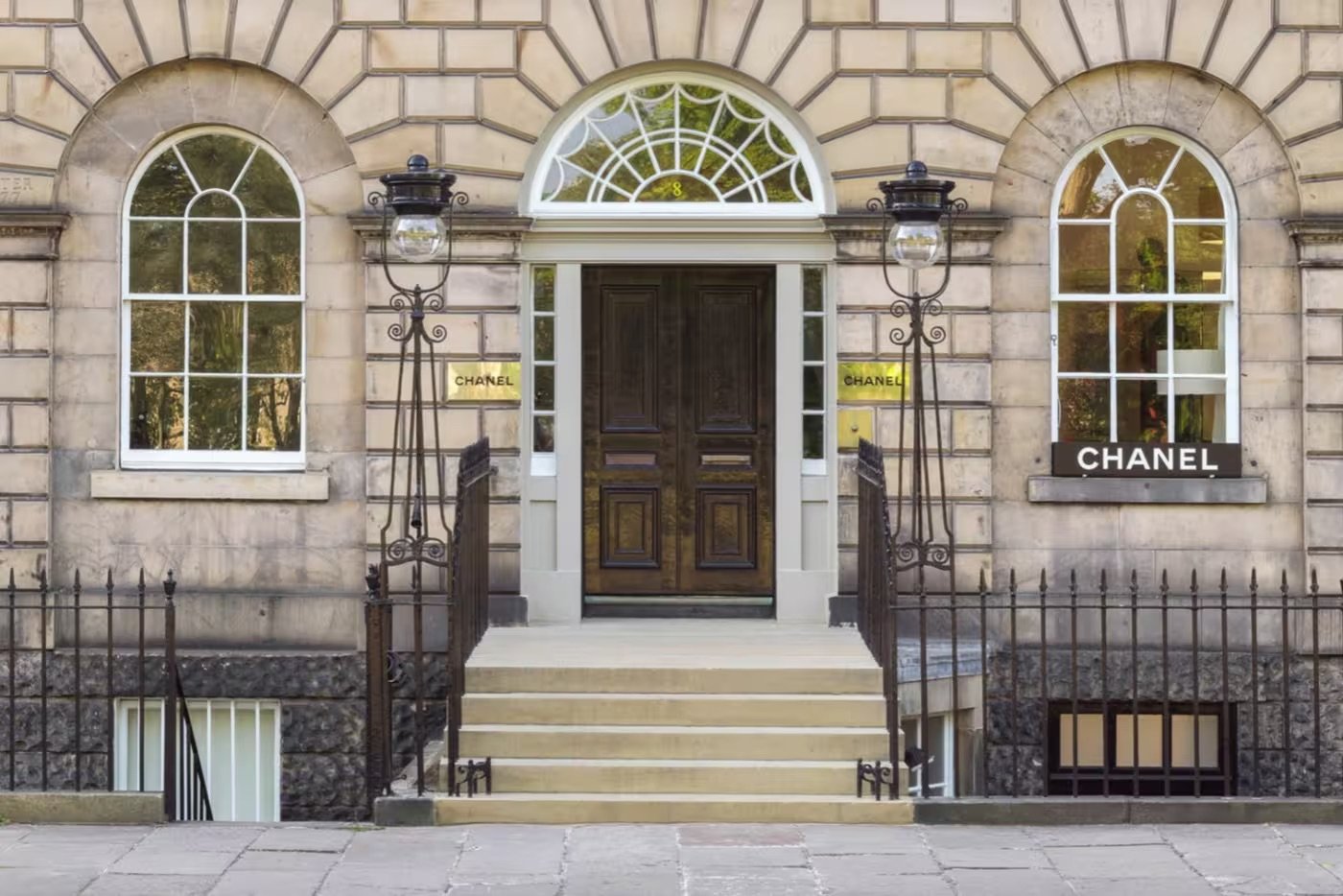Luxury brands stride into second- and third-tier cities
By Milena Lazazzera, The Financial Times
Last December, Chanel picked an unlikely spot for its annual Métiers d’Art show: Manchester, England. The Parisian family-owned group said the city was chosen because of its role in pop culture and music history. But the fact that Manchester is also a wealthy city — second only to London in gross domestic product per head — might have also been a contributing factor in picking the next location for one of its most popular events.
Store openings and events in so-called second- and third-tier cities across the world gained momentum during the pandemic, when luxury brands had to stimulate domestic demand to make up for the absence of tourist spending in the usual major hubs. However, the trend does not show any sign of abating.
Over the summer, Chanel opened a temporary boutique in Edinburgh showcasing its high-end wares, including jewellery and watches, on more than three floors. And, over the past three years, Breitling has added 27 sales outlets in the UK and Ireland. “In the past year alone, we have opened 10 new monobrand stores,” says Gavin Murphy, managing director at Breitling UK. “We also added a few new corners in regions to address key gaps within the country. This approach ensures a comprehensive market presence and a seamless brand experience for our customers.”
But, according to Sarah Willersdorf, global head of luxury at Boston Consulting Group, expansion into second- and third-tier cities was well under way before the pandemic — especially in India and China. “Cities like Kochi in India, and Wuhan and Beihai in China, have played a crucial role in driving the luxury market’s growth, contributing significantly to the sales volume of luxury brands,” Willersdorf says. “This growth can be attributed, in part, to the increasing affluence of these cities, as well as the influence of social media and digital platforms, which have inspired and educated a new wave of clients.”
China’s smaller cities are unmatched in size and development by their European counterparts because they have experienced rapid economic growth, count populations of well over a million, and are home to a growing middle class that is becoming increasingly active in the luxury market.
“Cities such as Chengdu, Xi’an, and Hangzhou have grown in importance on the Chinese luxury map and are expected to remain so in the future,” says Federica Levato, senior partner at consultants Bain & Company.
It is in mainland China’s secondary cities that Ulysse Nardin has recently consolidated its efforts, bolstering its presence in Ningbo and Zhengzhou. But Matthieu Haverlan, chief growth officer at Ulysse Nardin, says the company has also “entered the promising and growing Vietnamese market, through our partnership with [multi-brand watch retailer] The Hour Glass”. It has boosted its presence in the US, too, through its partnerships with Bucherer, Watches of Switzerland Group, and the American local retailer Burdeens — within which Ulysse Nardin has now opened a corner outlet in Chicago.
In the UK, setting up shop in regional cities such as York, Bath, and Sheffield has delivered some exceptional, and unexpected, sales for Breitling, says Murphy. At the same time, Levato says that further exploiting domestic demand delivered growth in South Korea and Thailand, especially during the pandemic lockdowns.
But, with travel restrictions now lifted and high-spending tourist numbers having almost returned to pre-pandemic levels, brands must “evaluate each city and region on a case-by-case basis,” argues Willersdorf. She expects many secondary cities to continue contributing to incremental sales because of structural shifts in lifestyle and consumption patterns that are persisting after the pandemic.
Willersdorf refers to the way remote working has driven an increase in second home ownership and a rise in private jet usage. However, Levato says brands must constantly reassess their footprint. “In the US, many new luxury epicentres emerged throughout the Covid period and its aftermath, aside from traditional key hubs,” she notes.
Levato says cities such as Atlanta, Dallas and Nashville are now established on the luxury map, alongside others like Detroit and Pittsburgh. However, none is impervious to the global slowdown in luxury spending, with even the industry’s biggest players, including Richemont and LVMH, warning of falling sales or slowing growth in recent months.

